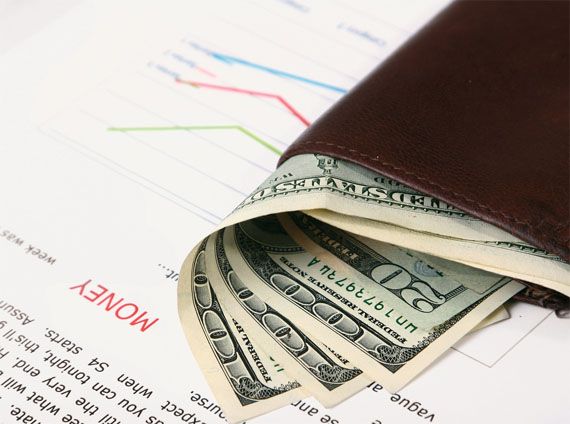
Negative Perspectives With Pockets Of Hope
I have written before about the American Affluence Research Center’s Spring 2011 numbers for JustLuxe, and prior to that, two articles on the Fall 2010 Survey for Luxist.
 Since I last wrote about the Spring 2011 survey, there have been substantial changes in the affluent mood, their outlook for the economy, their personal wealth, and their spending plans. This is the result of the disappointing news about current economic conditions and the stock market volatility.
Since I last wrote about the Spring 2011 survey, there have been substantial changes in the affluent mood, their outlook for the economy, their personal wealth, and their spending plans. This is the result of the disappointing news about current economic conditions and the stock market volatility.
Following the optimistic numbers in the economic outlook and spending plans of the affluent in the Spring 2011 survey, the Fall 2011 Survey shows that the affluent have returned to a "strongly negative perspective" (the Survey’s terminology) on current business conditions and future (12 month) outlook for business conditions, the stock market, and personal household income and net worth. The assessment of current business conditions declined 36 points from the Spring 2011 survey. This is the second worst historical negative rating, the worst being in Spring 2009.
These results are consistent with the general Consumer Confidence Index, reported by The Conference Board this August and September, which have also fallen to low levels, also last seen in April 2009. The negative mood of the general public and the affluent appears to reflect a number of factors which, for the affluent, include stock market volatility, a poor outlook for their personal household income and net worth, and the expectation that it will be several years before unemployment and the stock market return to pre-recession levels.
 Indeed, about 60% of the affluent expect to take four or more years for an economic recovery to take employment back to pre-recession levels. There are no substantial differences of opinion among various levels of the affluent. Similarly, numbers wise, about 60% of the affluent believe that the stock market will recover in no more than three years.
Indeed, about 60% of the affluent expect to take four or more years for an economic recovery to take employment back to pre-recession levels. There are no substantial differences of opinion among various levels of the affluent. Similarly, numbers wise, about 60% of the affluent believe that the stock market will recover in no more than three years.
The good news is that there is a sizeable segment of the wealthiest 10% of U.S. households that plan to continue spending for certain products and services, and among the wealthiest one percentile, in the spending plans for December holiday gifts. On average, the affluent households will spend over four times as much for holiday gifts as that estimated for all households in an October survey by BIG research for the National Retail Federation. Affluent households average $2,270 in gift purchases versus $518 for all families in National Retail Federation survey. Also, the Internet is a favorite source of holiday gift purchases, as it was named by 60% of affluents for 2011 gift purchases versus 39% in 2006.
For the affluent also, the changes in the stock market could be a positive factor if there is progress in the European financial crisis and in the U.S. Congress
 on debt reduction and economic stimulus. Given there are 11.4 million households represented by this survey, it can be estimated that the affluent represent potential purchases of 2.1 million autos, 1.5 million remodeling projects, 2.1 million cruises (total of 4.2 million cruisers), 752,000 primary homes, and 285,000 vacation homes. So, the possibility exists that even with a negative perspective, the affluent will continue to spend.
on debt reduction and economic stimulus. Given there are 11.4 million households represented by this survey, it can be estimated that the affluent represent potential purchases of 2.1 million autos, 1.5 million remodeling projects, 2.1 million cruises (total of 4.2 million cruisers), 752,000 primary homes, and 285,000 vacation homes. So, the possibility exists that even with a negative perspective, the affluent will continue to spend.
The Fall 2011 survey is the 20th in a continuing series of twice-yearly surveys that focus on the 11.4 million households that represent the wealthiest 10% of all U.S. households, as determined by The Federal Reserve Board, based on net worth. The net worth categories used on the questionnaire and in this report were selected to conform to the categories used by the Federal Reserve Board to define the wealthiest 10%, 5%, and 1% of U.S. households. The wealthiest 10% have a minimum net worth of approximately $800,000. The wealthiest 5% have a minimum net worth of approximately $1.5 million. The wealthiest 1% have a minimum net worth of approximately $6 million.









